The scientific study of human heredity has and has always had two types of practical application: relief of suffering and human improvement. Research programs with those ends in mind have existed at least since the beginning of the 20th century—maybe earlier, depending on how you define things. But by the Progressive Era (roughly 1890–1920), research in human heredity and genetics explicitly sought to reduce or eliminate human disease, raise the average level of our intelligence, beauty, and longevity, and improve our character.
For a long time, the only way to accomplish those goals was to regulate behavior. At the highest level—i.e., the least invasive of bodies but the most invasive of liberty—you regulate the relationship between people who might have children together. In the Progressive Era, many states passed laws prohibiting marriage between two people who were mentally retarded, or certifiably insane, or had tuberculosis (though its infectious nature was recognized, researchers also understood that there was an inherited predisposition). Immigration restriction laws, too, were a form of regulating behavior in the supposed interest of the national heredity (at least in part). They can’t breed if you don’t let them in in the first place.
Many people at the time saw surgical sterilization as much less invasive than marriage or immigration restriction. Advances in surgical technology and practice shifted the target of modification from the relationship to the individual. Modify the individual body and you can afford to be unconcerned with who that person marries or lives with or next to. From our perspective today, sterilization is an appalling invasion of autonomy, but in the 1930s, the heyday of eugenic sterilization—worldwide, by the way, not just in Germany—many people saw it, like abortion, as a way to loosen restrictions on the behavior of the sick, imperfect, and impure while still working toward improving society.
For a long time, then, “applied” human genetics was synonymous with what we think of as the worst excesses and sins of eugenics. Science historians and historically minded scientists have often written that human genetics got “tangled up” with eugenics because the researchers back then did not have sufficient knowledge. Now that we understand the science better, the argument runs, we can avoid the kinds of simplistic fallacies that drove the eugenics movement—fallacies such as the idea that there is a single gene for “feeblemindedness.” Or, ahem, the love of the sea.
But that argument gets it backward. Eugenicists resorted to marriage laws and sterilization for the same reason that there was so little reliable data on human genetics: genetics required sex. Because human geneticists couldn’t carry out breeding experiments, they couldn’t do backcrosses, self-fertilizations, and all the other kinds of matings that other geneticists could do. They could, though, control who mated with whom to some degree on a broad social scale.
The significance of DNA is that it made it possible to do genetics without sex. It wasn’t just DNA, of course—cell culture as well as lots of advances in biochemistry and microbial genetics also contributed—but by the 1960s DNA had emerged as the emblem of a “new genetics.” From the beginning, the DNA double helix had an iconic aspect. The first published image, in Watson and Crick’s first paper (the anniversary of which is the impetus for DNA Day), had a stripped-down, cartoonish quality, and was described in the figure legend as “purely diagrammatic.” Everyone understands DNA, then, to mean much more than “deoxyribonucleic acid.” It stands for the relationship between heredity and health.
The new, DNA-based, molecular genetics finally made it possible to do genetics without sex. Reducing or preventing disease no longer required controlling who married whom, or (more theoretically) even which babies got born. Technology made it possible to select which genomes made it into the next generation, and even, in principle, to alter and “correct” genes in the individual.
“DNA” thus solved the fundamental ethical problem of eugenics. State-level involuntary coercion of reproductive behavior simply makes no sense in a developed country with sophisticated biomedical facilities. It is pointless and paranoid to fear a “return to eugenics” if what you mean is that good ol’ time Progressive eugenics.
In the DNA era, human genetics is still about relief of suffering and human improvement. The NIH touts the disease side of things, but what counts as a disease is heavily freighted with subjectivity, cultural bias, gender, and racial prejudice. Further, at the molecular level, the difference between preventing disease and genetic enhancement dissolves. If you up-regulate transcription of the gene for Human Growth Factor, for example, it makes no difference technically whether you do it in a dwarf, a short person, or a person of normal stature. And the moral distinction between remediation and enhancement relies on soft, unsatisfying philosophical arguments that basically amount to “Ugh!”—in the same way that a conservative parent reacts when his child comes home with blue hair and a lip piercing.
In 1957, Julian Huxley—grandson of Darwin’s bulldog, a distinguished biologist in his own right, and an articulate, politically liberal eugenicist—coined the term “transhumanism.” He wrote, “The human species can, if it wishes, transcend itself —not just sporadically, an individual here in one way, an individual there in another way, but in its entirety, as humanity.” This is what he defined as transhumanism, and he intended us to accomplish it by a variety of means, but of course at the root of it would be the conscious, deliberate manipulation of the human germ line. Throughout the 1960s, geneticists fantasized about using the new knowledge of the genetic code to control human development and evolution, to tinker with the design of human beings. The overwhelming majority of this fantasizing was done with the noblest of intentions. Huxley, JBS Haldane, HJ Muller, Joshua Lederberg, Edward Tatum—these were not ignorant fools but rather some of the greatest, most sophisticated minds in biology. They wanted not to rule the world but to reduce suffering and improve happiness, compassion, and noble achievement.
Muller’s eugenic scheme was called “germinal choice.” We’ve all heard of the Nobel sperm bank that William Shockley (inventor of the transistor) wanted to establish—that was Muller’s germinal choice. Present-day transhumanists prefer Muller’s term to “eugenics,” which is irritating because it requires so much explanation about how their eugenics isn’t the same eugenics as the bad old eugenics. But it’s eugenics. The only reason to deny it is the bad publicity the term gives you.
Transhumanists such as Gregory Stock and ScienceBlog’s own Eveloce tend to argue that genetic enhancement is coming whether we drag our feet or not, and they may be right. The sociotechnical power of contemporary biomedicine is astonishing—and on the rise. I’m not yet sure how I feel about this. I am inherently suspicious of any structure with such a concentration of technological and economic power, and power leads to hubris. It is a truism that 21st century DNA science has the potential for enormous benefit as well as catastrophic harm.
The problem is that the largest benefits tend to be long-term, while the largest risks are in the short term. It is not paranoid to be worried about such a situation, nor is it inconsistent to enjoy and admire positive results as they come out while maintaining a healthy, grouchy skepticism about the larger project.
I’m actually encouraged by the fact that transhumanism has a significant overlap with the blue-dreads-and-lip-piercing set. I’m more comfortable with tweaking our genes to, say, be able to grow horns or have Mr. Spock ears than to make everyone tall, white, and smart. Sure, it can be trendy and pretentious, like other body modification subcultures such as the “modern primitives,” but at bottom these folks are interested in it as a form of expression, not social control. Anything that breaks down barriers rather than reinforcing them gets my vote.
Like this:
Like Loading...

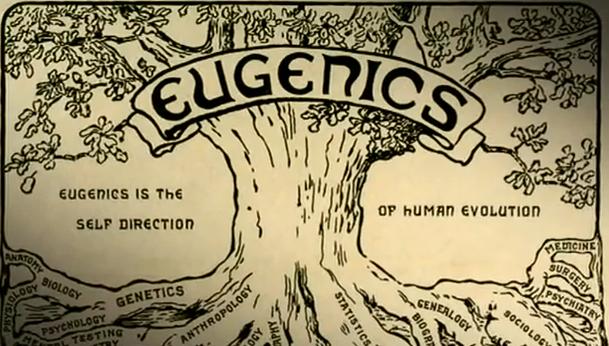


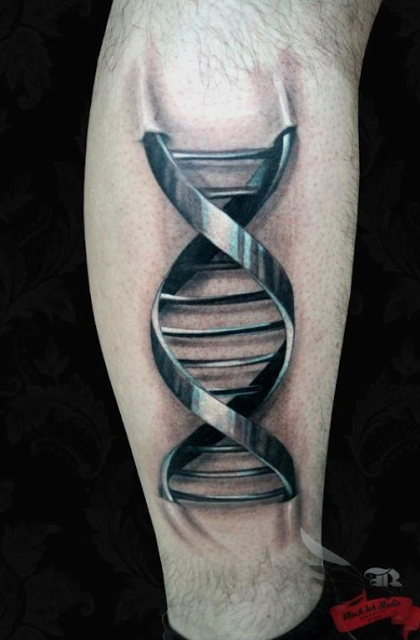

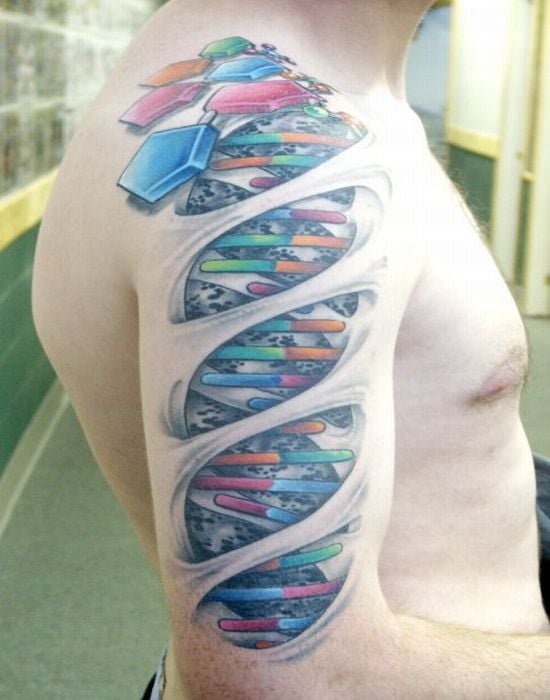
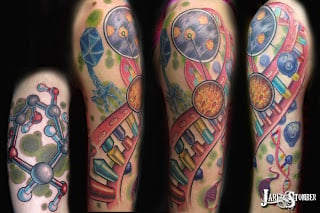


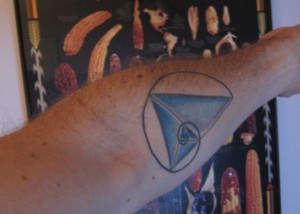
You must be logged in to post a comment.